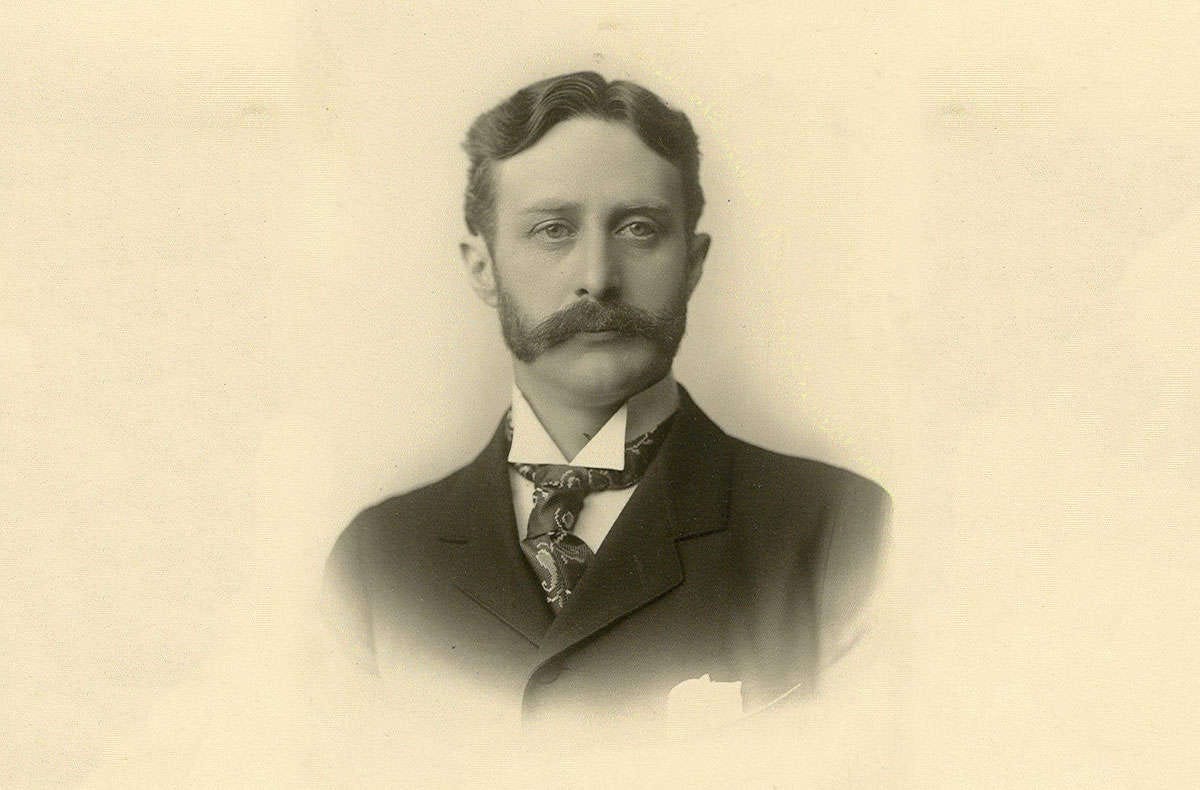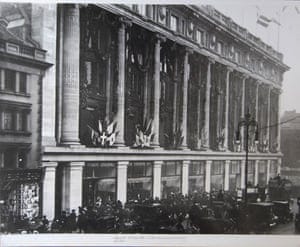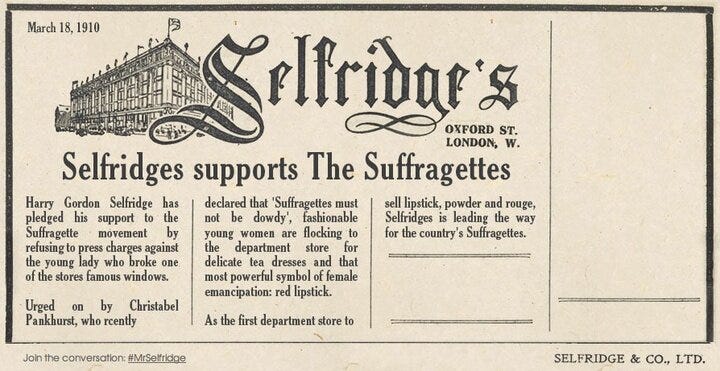The Man Behind Selfridges & Co.
Few retailers can boast a founder with a background like Harry Selfridge
Throughout history there are people who have defied the odds to have an everlasting impact on an industry, a city, or an entire country. Harry Selfridge was one of them. He completely changed the way Londoners thought about the customer experience and always took a stand for what he believed in. He was involved in a few salacious scandals that I won’t touch on here, but no one can deny that he changed the course of retail history forever.
Harry Gordon Selfridge was born in a small town in Wisconsin to his parents (Robert and Lois) and two older siblings (Robert Jr and Charles). Robert moved the family to Jackson, Michigan where he bought and ran a small store. When the Civil War started Robert joined the Union Army, but tragedy struck while he was away. Both Robert Jr. and Charles died within months of each other, and when the war ended, he abandoned Lois and Harry. The store was sold well before this happened and though Lois managed to eventually find a job as a school teacher, they lived in poverty for years. Even still, they always found ways to enjoy the small joys life brought them and Lois always taught him to always dream big. Harry began working when he was 10 years old selling newspapers and held a number of jobs throughout his youth. He would eventually land a job in dry goods with Leonard Fields, the cousin of Chicago’s Marshall Field, one of the biggest names in retail at the time. 1
With a referral from Leonard, Harry was able to secure a job at Marshall Field’s and moved to Chicago. He kept his head down and was meticulous with his work. One day he had the pleasure of meeting Marshall Field himself and boldly asked him to become the manager of his department. Marshall obliged, and this opportunity would help catapult his career. He had the freedom to try new ideas and finally use his creative side. He also started advertising (a practice that wasn’t common at the time) to attract significantly more customers into the store. Years later he would make partner at Marshall Fields, and when he finally decided to leave the business, sold his stake for $1.5 million.2
Once Harry’s retail career in Chicago came to a close, he decided to head to London. What plays out next was a classic case of someone “retiring” but unable to sit still for too long. He noticed a white space in the quality of London stores and set out to create the best retail experience of all time. He submitted plans for a grandiose building but the London Council denied his request. He pared down the schematics that were still significantly larger than what the local market had experienced before, but this time it was approved. During the building’s construction, Harry spared no expense on splashy advertising and spent an estimated $6,700 on the store’s opening, which would be the equivalent of a quarter of a million dollars today. The big spend worked and on opening day drew a crowd of 90,000 people. Similar to what Harrods would become, shoppers would find areas unique to the store like a reception room for international guests, an information desk where you could ask anything you wanted even if it wasn’t related to the store, and an upscale restaurant on the top floor.
Over the years, Harry kept this visionary line of thinking and always looked for different ways to set his store apart from the competition. He loved all things technology and innovation and this was apparent throughout the store. Four months after the store opened, Louis Blériot made history as the first person to cross the English Channel. Harry partnered with Louis and put the plane on display inside of the store. In only four days the attraction brought in 150,000 customers. Once John Logie Baird was publicized for his contribution to what would become the television, Harry paid him to give live demonstrations in the store. He was also a supporter of those without a voice. He was one of the first to popularize the idea of a bargain basement. He knew not everyone would be able to afford the lavish pieces of clothing and jewelry he sold, so he created an area for people to buy left over inventory that could be sold at a fraction of the price. He was also an avid supporter of women’s rights. Harry treaded the sales associates (who were mostly women) with the utmost respect and would frequently send them to Paris to understand how stores in other markets operated. He was also an incredibly loud supporter of the women’s suffrage movement, doing everything from encouraging his staff to show their support to hosting meetings inside of his store and expressing support vocally3.
During my trip to London last week I was able to see the store for myself, and it’s easily the best store I’ve ever visited. Yes, it is extremely expansive and borderline overwhelming when crowds are present, but it’s an amazing experience. The menswear section had more brand than I could fathom and it took some serious self restraint to not immediately go on a shopping spree. It’s perfectly sectioned by price, so all the designer brands are in one area, the mid-tier streetwear brands are in another area, etc. Though not all the sizing is easily accessible on the store floor, associates are always ready to bring you anything they have in stock. Though he had a tumultuous past, Harry would be proud that the store has become exactly what he envisioned.
Classic Chicago Magazine; The Real Shopping, Seduction & Mr. Selfridge
Chicago Tribute; Missing ‘Mr. Selfridge’? Chicago years offer a worthy back story
Channel 5 Youtube; The History of Mr Selfridges: Supporter of The Underdog | Inside Selfridges





This is a great piece, Nick!
What an interesting and enjoyable deep dive about Selfridges. Their visual merchandising of their store front windows is unmatched and an absolute must see any time I’m visiting London.